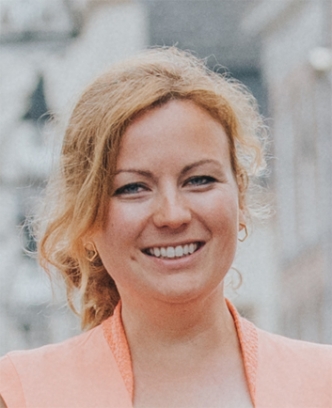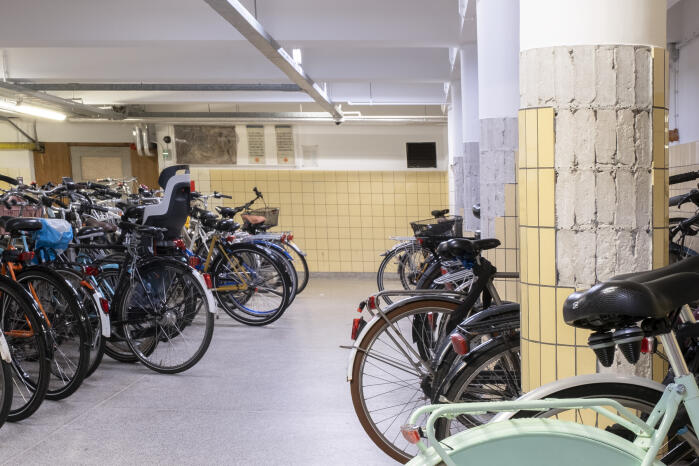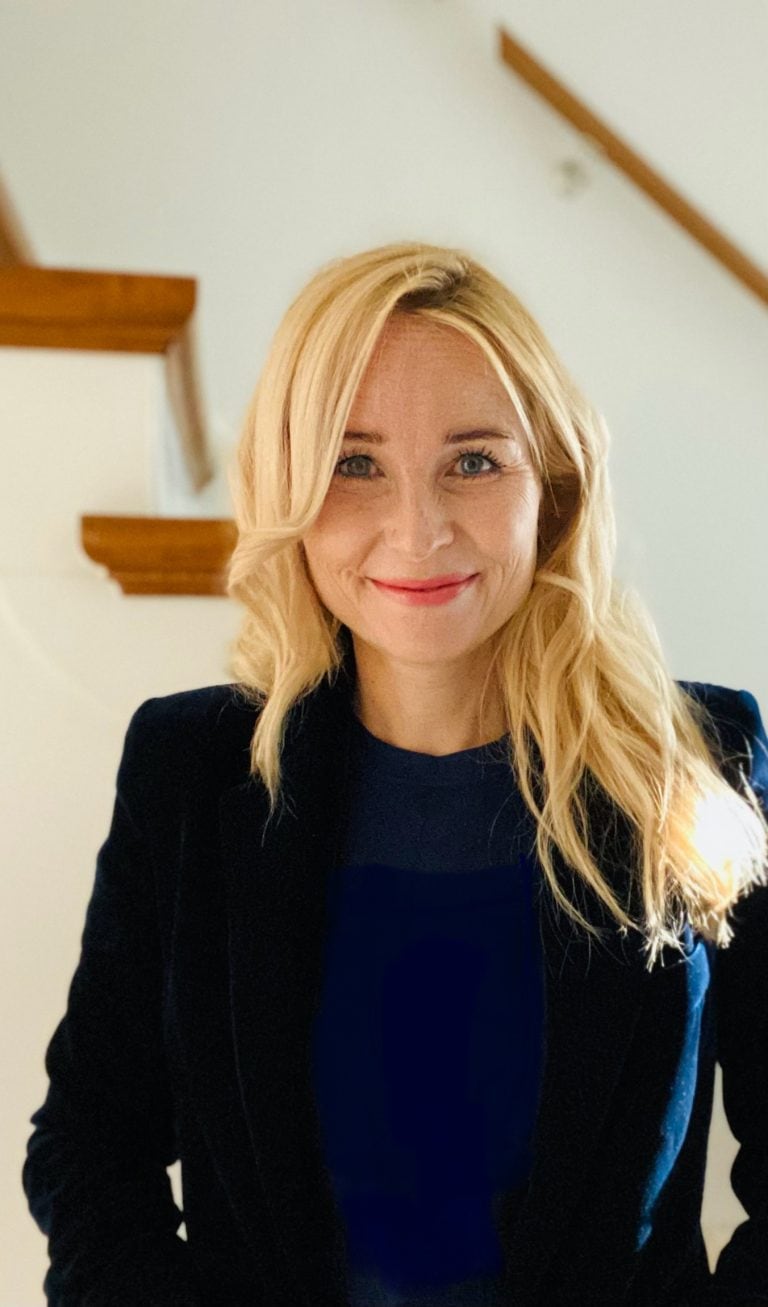A Circular Economy Approach
The world is now home to 7.8 billion people and this number is growing. The population is projected to reach 10 billion by 2050. We are using up the world’s finite resources at an unprecedented rate and climate change is having detrimental consequences around the world. It has become clear that our current linear take-make-dispose economy is also running out of time. We need to rethink our future if we are to have one.
**dit artikel is alleen beschikbaar in het Engels**
The Covid-19 pandemic has, in its own perverse way, shone a spotlight on this problem and accelerated the need to take a different approach. We seem to be in hyper-drive mode looking for a blueprint for our new normal. As Einstein famously said, “In the midst of every crisis lies great opportunities” Could the circular economy model provide us with this opportunity?
Redefining growth
The circular economy offers a redefinition of growth and a focus on societal benefits and sustainable solutions. Instead of using up the few valuable and finite resources we have left, what if we could design a world where waste and pollution became a thing of the past, where products and materials were kept in use and where we regenerated our natural systems. Wouldn’t that be worth taking a leap into the unknown?
Sustainable business models
The United Nation’s 17 Sustainable Development Goals are at the heart of the 2030 Agenda for Sustainable Development adopted by all the UN’s member states in 2015. These goals provide “a call for action by all countries – poor, rich and middle-income – to promote prosperity while protecting the planet… These goals also provide a critical framework for Covid-19 recovery.”
Creating sustainable business models could provide the key to doing things right for the future. The circular economy is not a new idea, but it has been gaining significant traction in the last few years in both the business and academic sectors. In the world of research, the number of publications produced on the topic has seen rapid growth, where in 2014, there were only 27 academic articles published, this figure reached 371 in 2017. Research is being carried out, conversations are taking place between Governments, international organisations, NGO’s and SME’s across all sectors, all around the world.
A Dutch Circular Economy by 2050
The Dutch Government has an ambitious target to achieve a circular economy by 2050. This means there will be no more waste as resources will be used again and again. It is working with industry, civil-society organisations, knowledge institutions and other authorities to achieve this.
So, how do we get there?
Nancy Bocken, Professor in Sustainable Business at the Maastricht Sustainability Institute (MSI) offers some tangible insights into how we can all play a part in making this goal become a reality.
“ As research institutions we need to develop understanding of what a sustainable circular economy transition should look like – how we need to transform our products, processes and business models for the circular economy. We can also support organisations – whether it’s municipalities or businesses – with tools and approaches to make the circular economy transition.
For individuals it’s important to be active citizens, think about the choices you make in day-to-day life, on how you live, eat, commute, travel and in what you buy. There are already quite a few points of agreement in the scientific community, for example, that eating less red meat is better for the environment, but also for health, so these are great starting points. “
Narrowing, closing and slowing the loop
It is clear that making good choices is part of the process. We are all aware of the need to fly less and the benefits of using public transport, or choosing to go on foot or by bike rather than by car. But, thinking about what you buy and how you live day-to-day, can be a challenge. Nancy offers some advice;
“For me it helps to think about the circular economy as narrowing, closing, and slowing the loop. Where narrowing the loop is about products that have been made using fewer and less harmful resources, closing is about products that can be recycled. Slowing the loop is about buying things that last longer, but also considering before you buy something (do I need this?), and if you decide to buy it, making sure it will last for a long time through repair and maintenance.“
How research can help business make the transition
The research Nancy is doing aims to close some of the ‘idea-action gaps’ for sustainability and circular economy. She explains,”there are many good ideas of what an ideal circular economy could look like, but how to put this into practice? My focus has been on understanding circular economy strategies, also with a particular focus on transforming business models. I first started my research in this area with mapping ideal types and archetypes of sustainable and circular business models, as well as tools such as value mapping to help companies make the transformation to these new sustainable and circular business models. My more recent research focuses on tools for experimentation towards a circular business model.”
Putting research into practice
The company HOMIE that Nancy co-founded is an example of a sustainable and circular model, which puts this research into practice. HOMIE pursues a pay-per-use business model for home appliances like washing machines: you only pay when you use the washing machine, and less for the more sustainable option, (e.g. 30 degree C wash).
“Because customers only pay per use, they are incentivised to wash less and be more conscious about their behaviour. Although the washing machines are installed in people’s homes, HOMIE remains the owner, so we can take care of repair and maintenance to make the appliances last as long as possible.”
Experimentation is vital
HOMIE emerged through a lot of experimentation, technical, business model and logistics related. Particularly in traditional stakeholder business models, having the time and resources to experiment, to try things out, to work with uncertainty, is a big risk. A question for many companies wanting to transition into a more sustainable model is how can these risks be mitigated.
An ambitious 5-year research project called Circular X, set up in 2020, aims to advance understandings on how circular service business models manifest themselves in business and how these can be experimented with, which will ultimately advance business activities towards a circular economy transition.
Companies and customers can reap the benefits
It is not only customers who have become more aware of environmental issues, Nancy points out that within organisations, younger employees increasingly view sustainability issues as a key part of their employment choices. “The circular economy approach is therefore promising for reputation and future business.”
Regulators play a role here too as they are implementing increasing measures for companies for circular economy topics like recycling, material use and reparability and this is expected to only increase with the European Circular Economy package.
The benefits for businesses adopting this model are multi-layered. “The circular economy can be a source of new revenues through new business propositions, or a cost saver by reducing waste for example. Also, when you retain ownership of a product in a service model (like rental, lease, pay-per-use) you are protected against future raw material price shocks, as you can reuse the product and the materials over time.”
Key barriers to overcome
As with any new approach, there are inevitable barriers. These may relate to the customer and how to make a viable proposition, but also the broader perspective of organisational change.
Through the research that has been done, it is evident that organisational change is needed in order for the circular business model to be a success. “There are the practicalities related to financing the new circular business model, logistics and how to embed this in the business, working with collaborators to do new activities, rules and regulations or the lack of a cohesive policy framework, etc.”
But, these barriers are by no means insurmountable. “What I found through my research is that through experimentation, you can gradually come closer to the actual reality of the business model, but adding on more complexity each time you experiment to overcome these barriers.“
Online management programme: creating sustainable business models
For companies wishing to embark on this journey, Nancy offers some advice; “Start! See what you can do today or tomorrow to challenge some of the ‘linear’ aspects of your business model, whether it’s related to waste and recycling or the longevity of your products. Think big, and start small but do it soon and do it through experimentation.”
Looking for a little help to get started? Learn how your organisation can make the transition to a more sustainable business model in our online programme: Creating Sustainable Business Models.
With this programme you will get a better understanding of the risks, the challenges, and – even more important – the opportunities to respond to current global crises, and create a sustainable, future-proof business model for your organisation.

Nancy Bocken is Professor in Sustainable Business at the Maastricht Sustainability Institute (MSI)
Relevant links
https://umio-prime.nl/finding-opportunity-in-crisis/
Lees ook
-
De Grote Gracht is rijkelijk voorzien van historische gebouwen met bijzondere verhalen. Ook deze keer bevindt onze ‘verborgen parel’ zich in deze Maastrichtse straat, op huisnummer 76: de (fietsen)kelder.
-
Since Hungary took over the rotating presidency of the EU Council on July 1st, its Prime Minister Viktor Orbán has embarked on a widely criticized peace mission for Ukraine, including meetings with leaders of Russia and China. This has led to much speculation about what the next six months of the...


